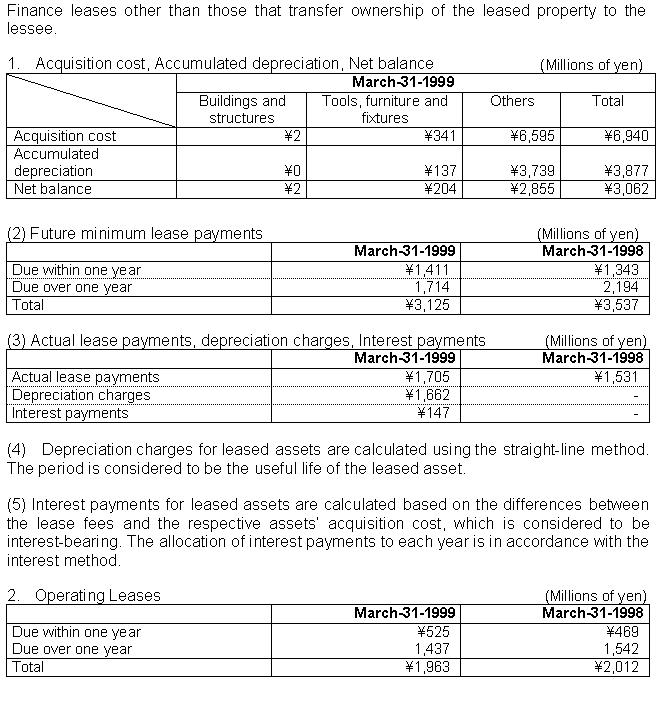How to Report the Lease Transaction

In order to keep their finances in check, most firms choose to lease equipment, real estate and other long-term assets. It further allows them flexibility and certain tax benefits. However, often these types of transactions do not provide a true picture of a company’s finances. For that, accounting rules have been set to avoid ambiguity.
Instructions
-
1
First you need to determine the type of lease. Essentially there are two ways of recording it on the balance sheet – operating lease or a capital lease.
-
2
Operating Lease
The former comes into play when the owner (lessor) transfers the right to the lessee in regards to the use of the property. When the duration of the lease ends, the lessor or the owner will assume full control of that property.
This transaction will have different effects on the respective financial reports.
The operating lease payment will be treated as an operating expense in the income statement due to the fact that the lessee is not taking ownership but is assuming part of the risk associated with that lease object, and in return, has the right to use it for business purposes.
This will also have no affect on the balance sheet since the lease is treated as an asset (for company use) and as a liability (lease payments). The practical treatment therefore will take place like this. Credit the name of the lease item in the liability column, before adding it to the assets column.
As for the cash flow statement, it will treat the lease as an operation and will incorporate the full lease payment amount in the specified accounting period. -
3
Capital Lease
The capital lease will be considered an asset of the company which it has purchased for accounting purposes. According to accounting rules, if the present value of the lease is 75 percent or more than the assets useful life, it will be recorded on the lessee’s balance sheet.
It will be debited on the assets column under a broad heading such as ‘Lease Purchased’, or could be titled specifically, for instance Auto Lease. In order to balance the item, a liability entry will be credited with the exact amount, which will take into account or subtract down payment and interest amount.
With time, the leased asset will be depreciated. The method applied will vary from company to company.
Income statement will have two components – interest expense and principal payment
Cash flow statements somewhat remain unaffected but will include interest portion for a specified period, and the principle amount.





